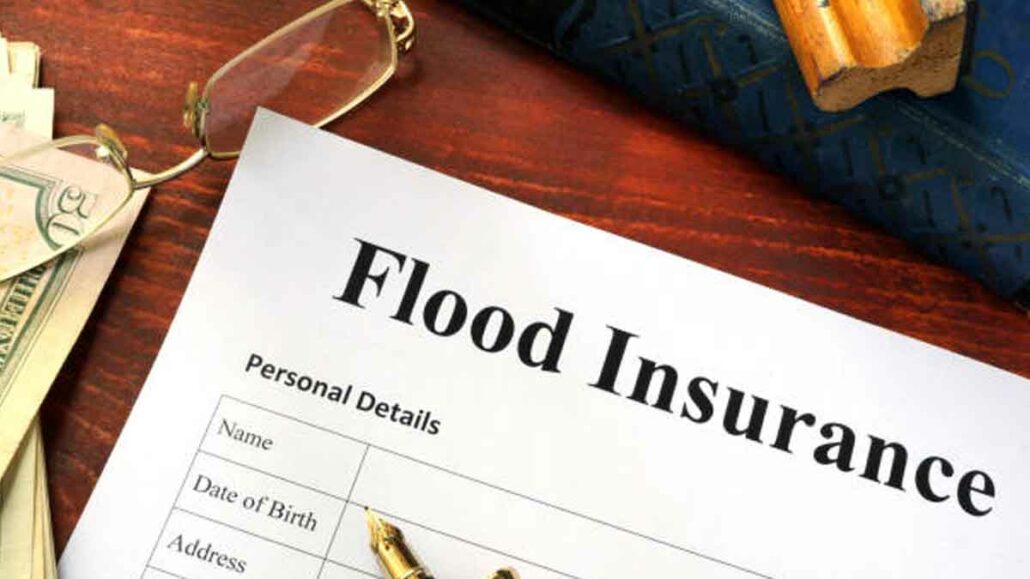Wondering what is covered under flood insurance? Learn about building coverage, personal property coverage, exclusions, and more. Get the facts you need to protect Flood insurance is a critical safeguard for homeowners and renters, especially in areas prone to flooding. Understanding exactly what is covered by a flood insurance policy is essential for effective financial planning and peace of mind. This coverage helps protect against the devastating financial losses that can occur when floodwaters damage your property and belongings. It’s important to note that standard homeowners or renters insurance policies typically do not cover flood damage, making a separate flood insurance policy a necessity for those at risk.

This discussion will delve into the specific elements covered under a standard flood insurance policy offered through the National Flood Insurance Program (NFIP), as well as options for supplemental coverage. We will explore the distinctions between building coverage and personal property coverage, examining what is included and excluded within each category. By understanding the intricacies of flood insurance coverage, individuals can make informed decisions about protecting their investments and mitigating the financial impact of future flood events.
Understanding the Basics of Flood Insurance
Flood insurance is primarily managed by the National Flood Insurance Program (NFIP), a federally backed program. While some private insurers offer flood policies, the NFIP is the most common and accessible option. It’s designed to provide a safety net for homeowners, renters, and business owners in high-risk flood zones, and even those in moderate-to-low-risk areas.
What Does Flood Insurance Cover?
Flood insurance covers direct physical damage to your building and its contents caused by a flood. It’s important to note that the definition of a “flood” is specific. The NFIP defines it as a general and temporary condition of partial or complete inundation of two or more acres of normally dry land or two or more properties (at least one of which is your insured property) from:
- Overflow of inland or tidal waters
- Unusual and rapid accumulation or runoff of surface waters from any source
- Mudflow (a river of liquid and flowing mud)
- Collapse or subsidence of land along the shore of a lake or other body of water as a result of erosion or undermining caused by waves or currents of water exceeding anticipated cyclical occurrences.
Building Coverage
Flood insurance policies offer coverage for the physical structure of your building, including:
- Foundation: Damage to the foundation walls and supporting structure.
- Roof: Damage to the roof and its structural components.
- Walls: Damage to exterior and interior walls.
- Floors: Damage to flooring, including carpets, tile, and hardwood.
- Electrical systems: Damage to wiring, circuit breakers, and electrical outlets.
- Plumbing systems: Damage to pipes, water heaters, and plumbing fixtures.
- Built-in appliances: Damage to appliances that are permanently installed, such as dishwashers and water heaters.
- Attached garages: Damage to garages that are attached to the main building.
Contents Coverage
In addition to building coverage, you can also purchase contents coverage to protect your personal belongings, including:
- Furniture: Damage to sofas, chairs, tables, and other furniture items.
- Clothing: Damage to clothing, shoes, and accessories.
- Electronics: Damage to televisions, computers, and other electronic devices.
- Appliances: Damage to refrigerators, washing machines, and other appliances.
- Personal items: Damage to jewelry, artwork, and other personal belongings.
What is NOT Covered Under Flood Insurance?
While flood insurance covers a wide range of damages, there are some common exclusions, including:
- Damage caused by other events: Flood insurance only covers damage caused by flooding. It does not cover damage caused by other events, such as fire, earthquakes, or sewer backups (unless the backup is a direct result of flooding).
- Basements: Coverage for basements is limited, and typically only covers building items and cleanup. Personal belongings in basements are generally not covered.
- Property outside the building: Flood insurance typically does not cover damage to property outside the building, such as landscaping, fences, decks, and swimming pools.
- Additional living expenses: Flood insurance does not cover additional living expenses, such as temporary housing, while your home is being repaired.
- Valuable items like jewelry, art, and collectibles (unless specific coverage is purchased): These items may require separate insurance or endorsements.
- Improvements you make to your basement (unless you have basement coverage): Basements are often subject to specific coverage limitations.
Who Needs Flood Insurance?
While flood insurance is federally required for properties in high-risk flood zones (Special Flood Hazard Areas or SFHAs) with federally backed mortgages, it’s highly recommended for everyone, regardless of their location. Even areas designated as moderate-to-low risk can experience flooding. In fact, a significant percentage of flood claims come from these areas.
How Much Does Flood Insurance Cost?
The cost of flood insurance varies depending on several factors, including:
- Location: Properties in high-risk flood zones will generally have higher premiums.
- Elevation: Homes built higher above the base flood elevation (BFE) typically have lower premiums.
- Building construction: The type of foundation, building materials, and other construction features can affect the cost.
- Coverage amount: Higher coverage limits for building and contents will result in higher premiums.
- Deductible: Choosing a higher deductible can lower your premium, but you’ll pay more out of pocket in the event of a claim.
How to Obtain Flood Insurance:
You can purchase flood insurance through most insurance agents who sell NFIP policies. You can also contact the NFIP directly or visit their website for more information.
Frequently Asked Questions (FAQs)
Do I need flood insurance?
If your property is located in a high-risk flood area, your lender may require you to have flood insurance. Even if you are not in a high-risk area, flood insurance is still a good idea, as floods can happen anywhere.
How much flood insurance do I need?
The amount of flood insurance you need will depend on the value of your property and belongings. It is important to get enough coverage to rebuild your home and replace your belongings in the event of a flood.
How much does flood insurance cost?
The cost of flood insurance will vary depending on several factors, including the location of your property, the amount of coverage you need, and your deductible.
Where can I buy flood insurance?
You can buy flood insurance through the National Flood Insurance Program (NFIP) or from a private insurance company.
How do I file a flood insurance claim?
If your property is damaged by a flood, you should contact your insurance company as soon as possible to file a claim. You will need to provide documentation of the damage, such as photos and videos.
How can I prevent flood damage?
There are several things you can do to prevent flood damage, such as elevating your home, installing flood barriers, and clearing debris from gutters and downspouts.
Conclusion
Flood insurance is an important protection for homeowners and businesses in flood-prone areas. By understanding what is covered and what is not, you can make sure you have the right amount of coverage to protect your property and belongings. If you have any questions about flood insurance, you should contact your insurance agent or visit the National Flood Insurance Program (NFIP) website.

